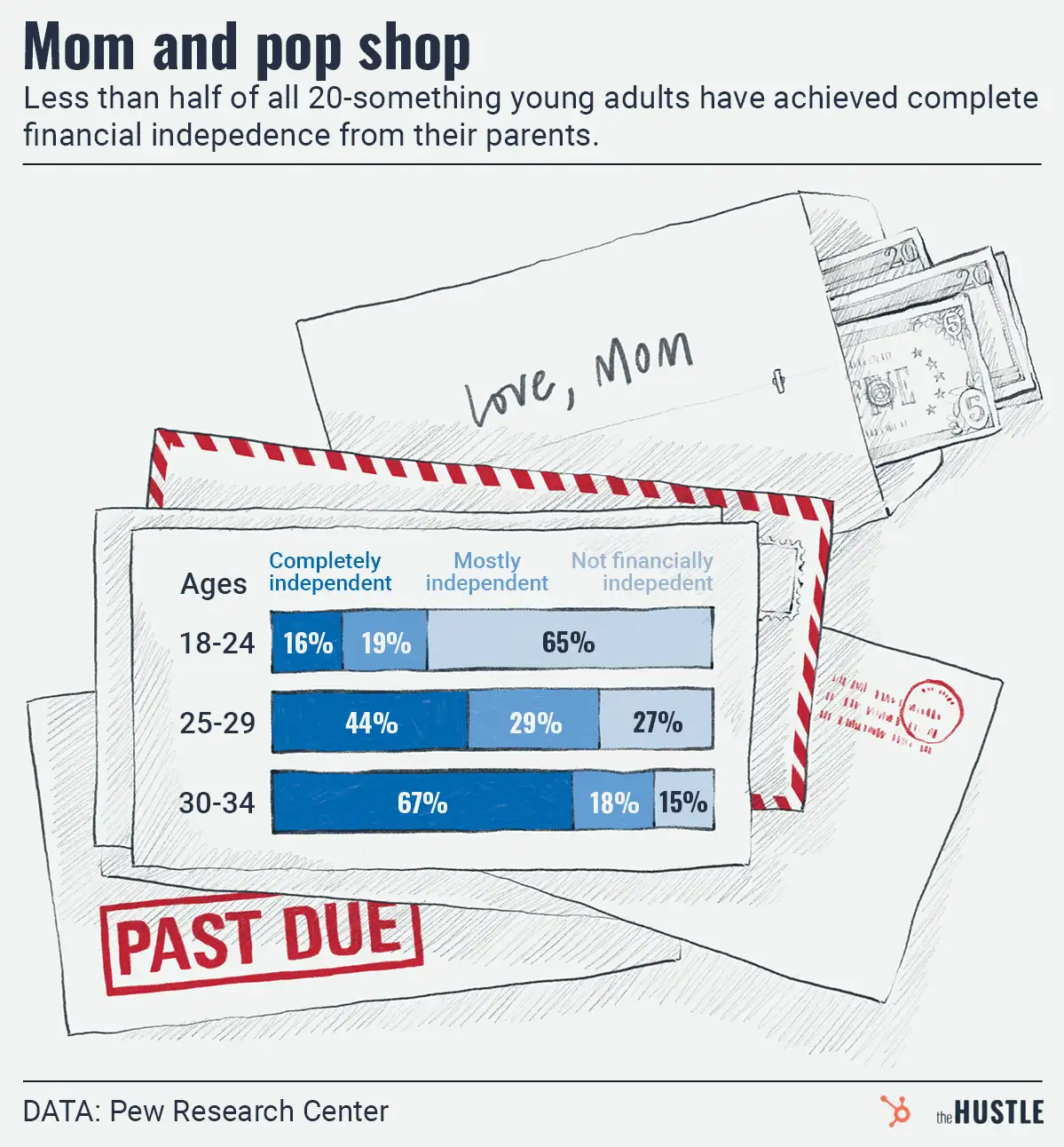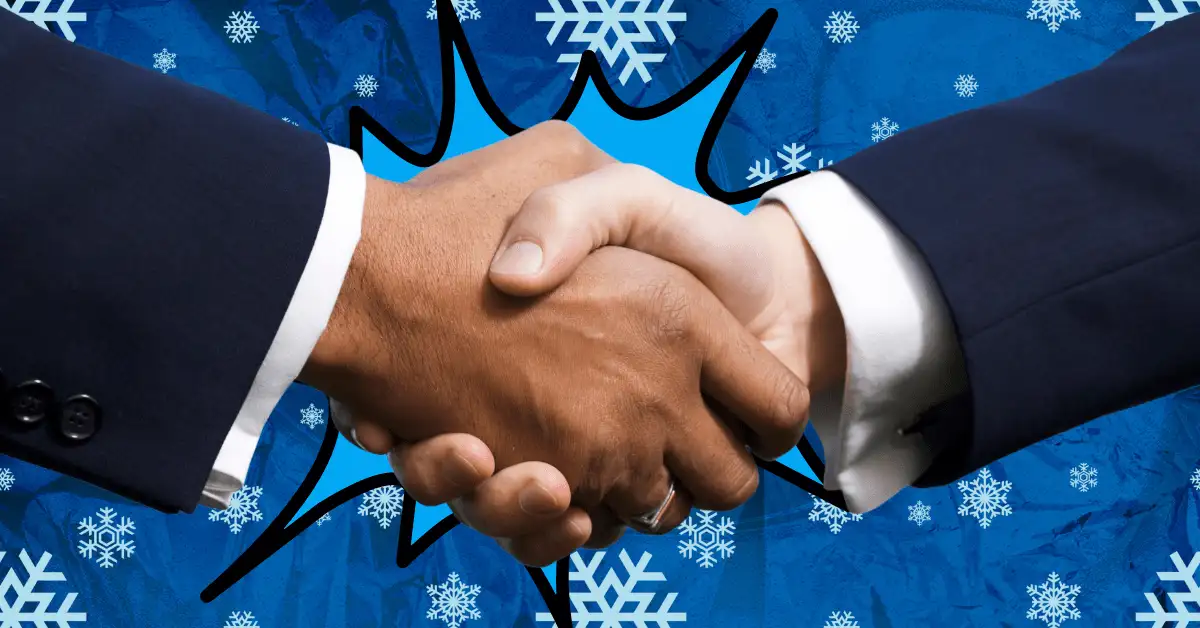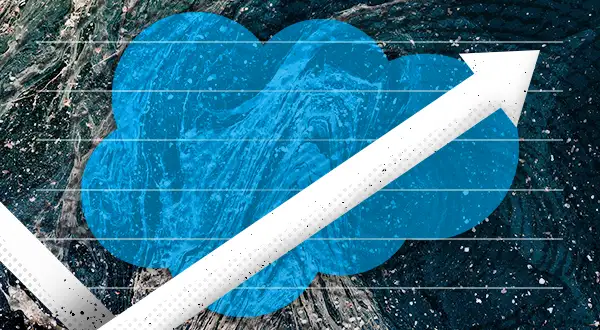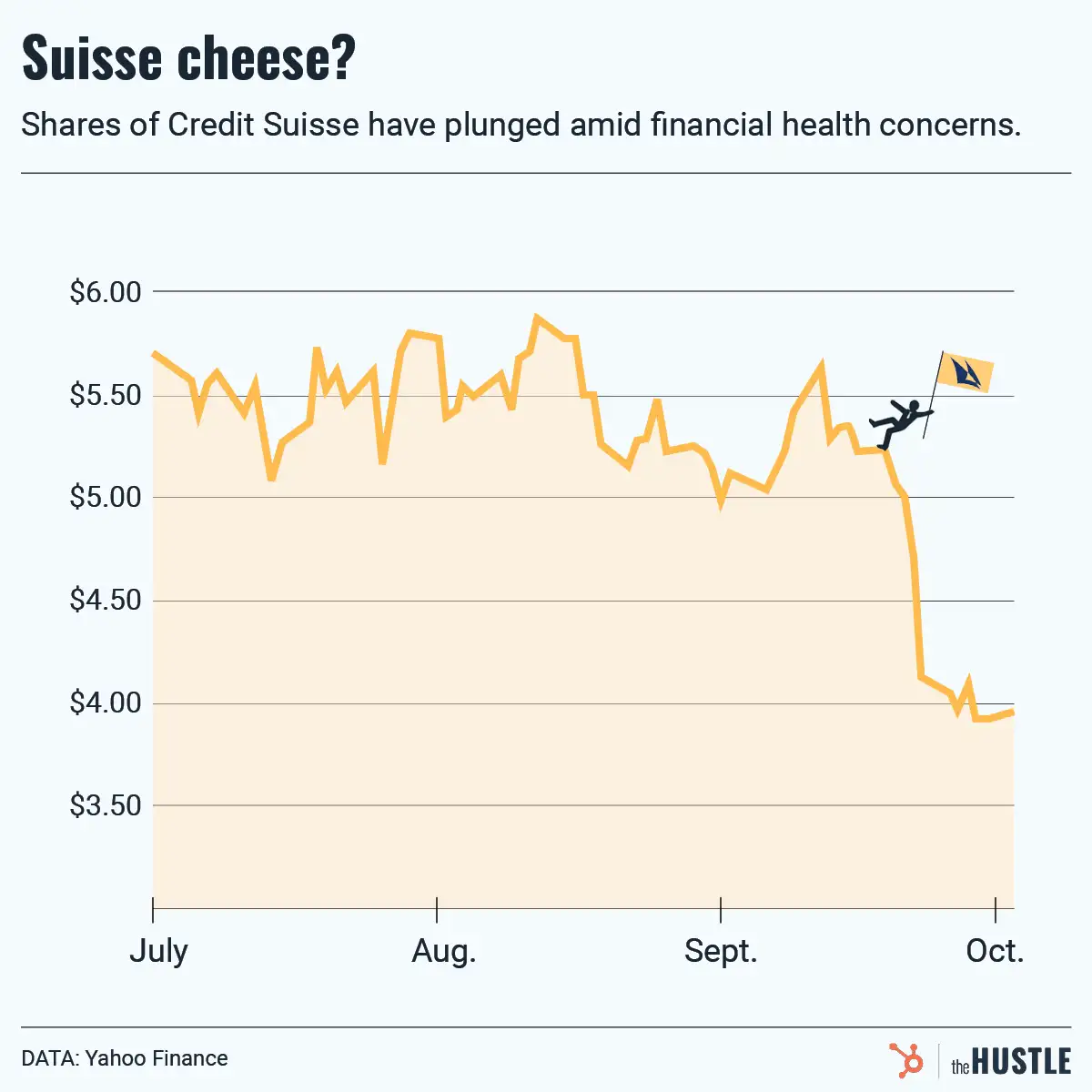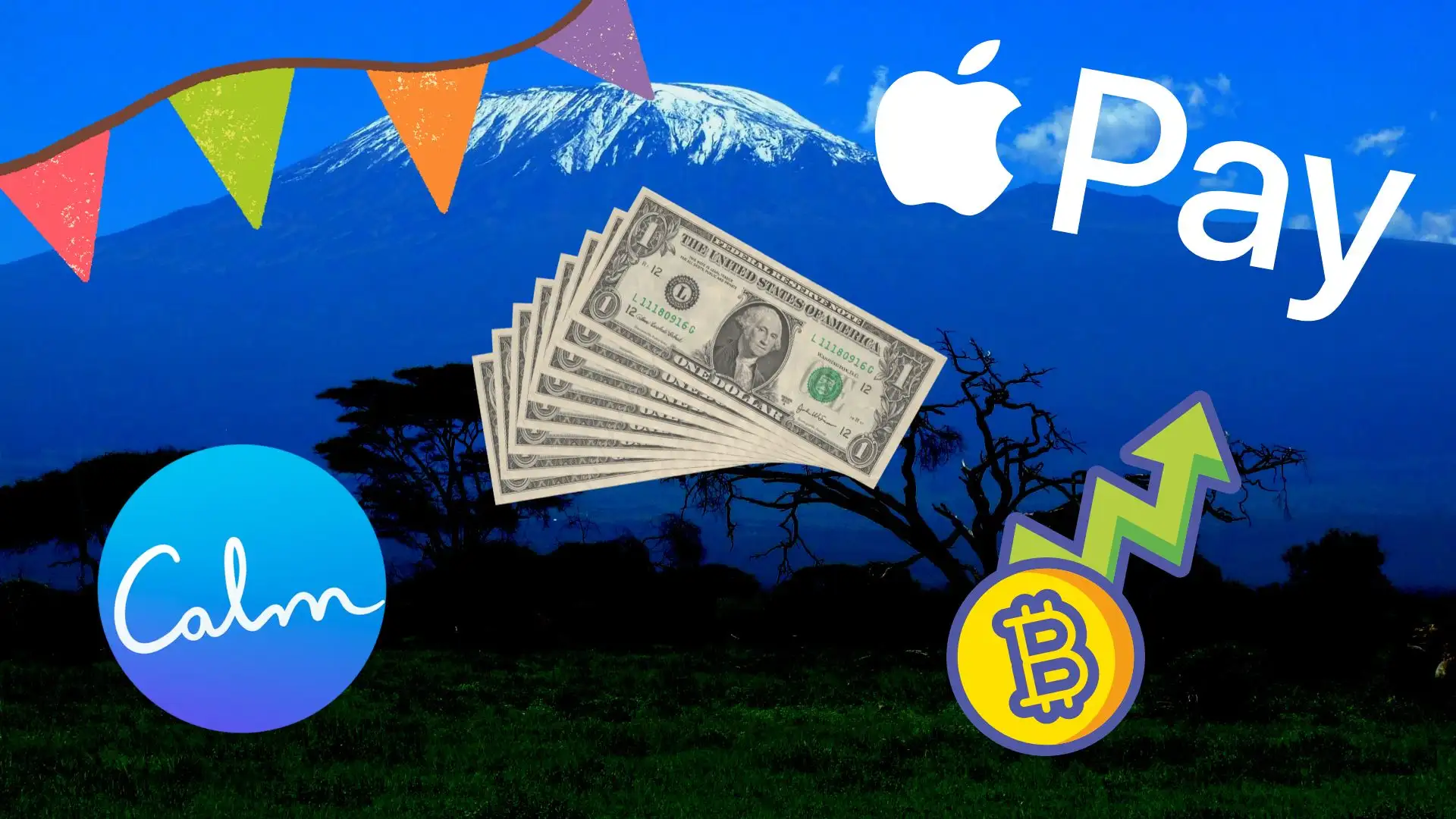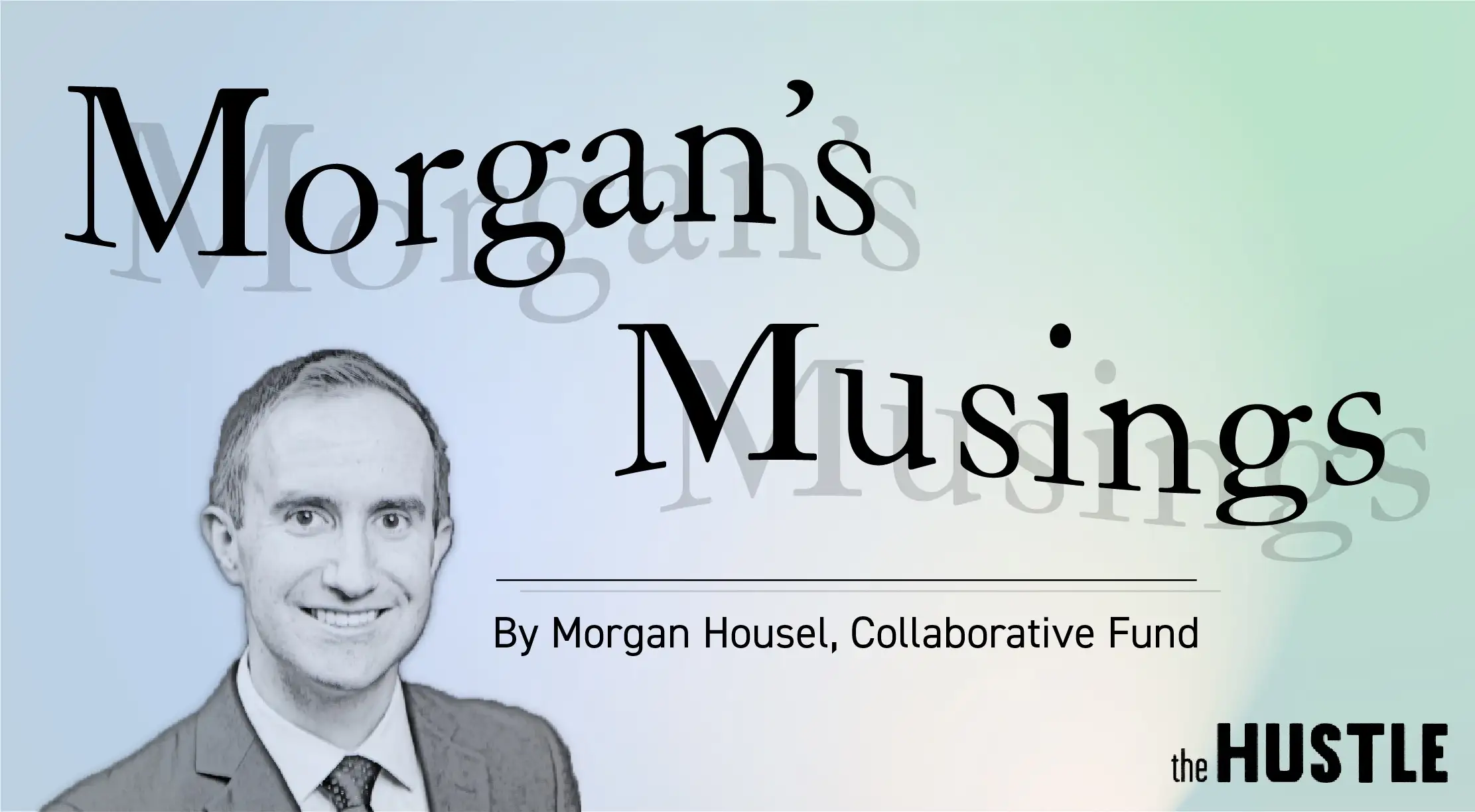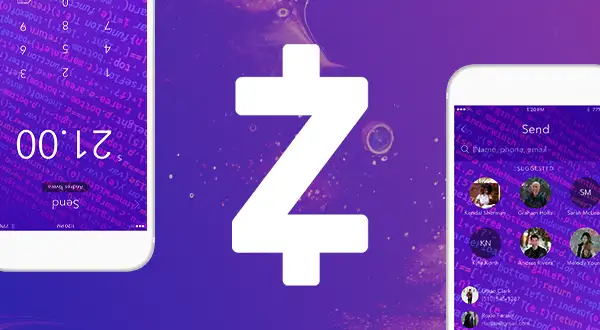Ready for a fun stat? One out of 3 millennials say their biggest fear is credit card debt (more than death or going to war).
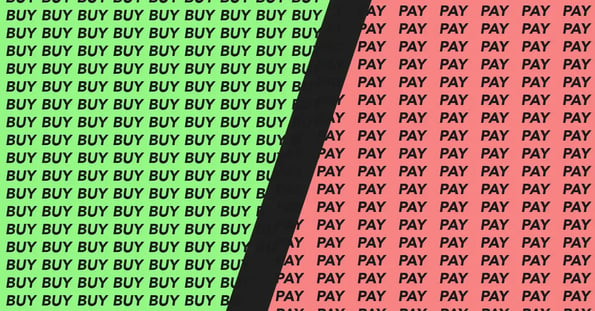
If that sounds like a business opportunity to you — you’re not wrong.
According to prof. G (AKA Scott Galloway), that fear has helped fuel monster growth in “buy now, pay later” (BNPL) services, with 75% of users in the US either millennials or Gen Z.
The ironic part?
BNPL is still a form of credit, which brings to light the questionable marketing practices used by key players — Affirm, Afterpay, and Klarna — to attract new customers.
For the unfamiliar, BNPL services allow consumers to purchase products in installments, typically paying 25% up front and the rest in 3-4 payments over a fixed time frame. Users that miss payments are typically charged either interest or late fees.
On the consumer side…
… BNPL companies highlight how the fixed payment structure is safer than using credit cards because users:
- Pay a percentage of each purchase up front
- Can’t roll over their balance and continue racking up debt
- Get cut off if they miss multiple payments
But BNPLs offer a conflicting pitch to merchants. Namely, that their technology causes users to spend more than other shoppers:
- Klarna touts its ability to boost average order value by 41%
- Affirm claims it increases average order value by 85%
- Afterpay cites a 17% increase in shopping cart volume and a 12% boost in sales
The result?
Many users are landing in the same place they feared with credit cards — in debt. Case in point:
- In Australia, 15% of BNPL users had to take out a loan to pay off their purchases
- One UK bank reported 10% of users who made BNPL payments overdrew their checking accounts in the same month
The lesson? Before you BNPL, make sure you have the funds to PL.

